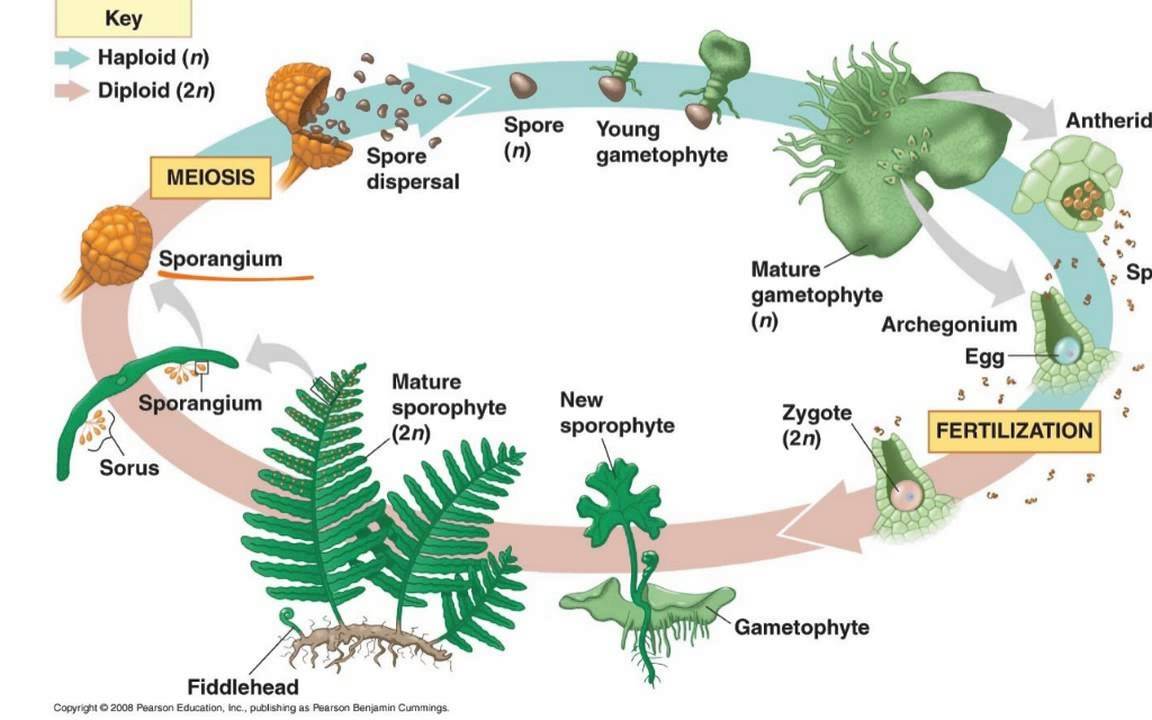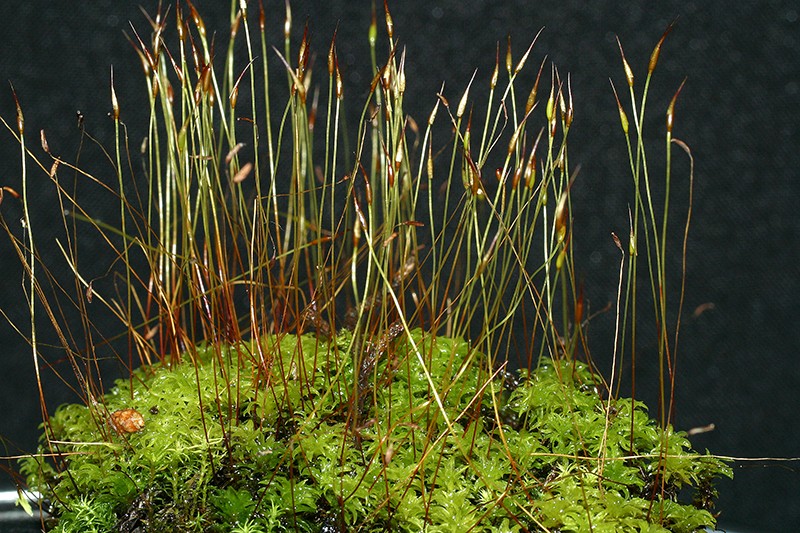Plant Characteristics Study Guide
Introduction
Plants can be seen in varied environments, from the desert to the tropical rain forests. You can also find plants in oceans and lakes. Plants can thrive in varied environments and support animal life. Animals get their food from plants, and plants also give insects and birds a place to build their nests.
Right from the tiny mosses to the large trees, there some unique characteristics of a plant that set them apart. All plants are eukaryotic, photosynthetic, and multicellular.
Plants are multicellular organisms and they make food through the process of photosynthesis. There are more than three lakh known species of plants, and the common ones are trees, grasses, and shrubs. Plants play a crucial role in our ecosystem, producing oxygen and playing a major role in the food chain. Many organisms eat plants.
Characteristics of Plants
There are a few characteristics all plants share. Let’s take a look at them!
– Plants are autotrophs, and this means that they make their food, and this is possible through the process of photosynthesis.
-
The plants make nutrients like sugar from carbon dioxide and light energy in this process. Photosynthesis happens in the chloroplast which are cell organelles:
-
They contain carotenoids and chlorophyll
-
These have molecules that absorb the light energy and change it into a form that can be used by the plant
-
Heterotrophs are organisms that do not produce their food, and they need to eat other organisms to survive.
-
Other heterotrophs do not eat plants but eat the animals that, in turn, eat plants.
-
Plants are a major producer in the ecosystem and play a vital role in helping other organisms survive.
-
Oxygen is also a by-product of photosynthesis, and many organisms depend on oxygen to survive. This is also one of the main characteristics of plants.
-
Plants are multicellular with eukaryotic cells, which is one of the features of plants.
-
The eukaryotic cell is a large cell with a true nucleus and other organelles that perform some specific function. Fungi, plants, and animals all have eukaryotic cells.
-
However, the plant cells can be distinguished by their cell walls, which contain cellulose and chloroplast, which perform photosynthesis.
-
It also has a large central vacuole that holds on to the water and lets the plant stay turgid.
-
Many plants also have vascular tissue like the phloem and the xylem. They carry the nutrients and water throughout the plant. This is important in plants that grow upward, since the water needs to travel to the leaves and the stem from the root.
-
Vascular tissue is found in the complex plant varieties especially believed to be found in plants that have an algae-like ancestor.
-
While most algae are classified as protists, there are green algae that have cellulose in the cell walls and contain chloroplasts that perform photosynthesis. These are grouped in the plant category.
Plants carry out sexual and asexual reproduction. They have an alternation of generations. These have a haploid and a diploid stage.
- Haploid is when the cell contains just one chromosome set.
- The diploid is the stage when the cell contains two chromosome sets. In this case of plants, two haploid gametes join to form a diploid zygote.
- This diploid zygote then goes through mitosis, and then they become multicellular organisms.
- This is the sporophyte, and when it is mature, it asexually produces the haploid spores.
- This then germinates and forms multicellular organisms, which are called gametophytes.
- The gametophytes produce the haploid gametes, which then fuse to make the diploid organism. This again leads to the entire process from the beginning of the diploid and the haploid alterations.
Conclusion
- Plants are multicellular organisms, easily distinguished from other living things.
- Plants are capable of making their food. These are thus photosynthetic and contain a green pigment which is called chlorophyll. This lets the plants convert the energy from the sun into food. Plants then store the food in the form of starch.
- Most of the plants are rooted in just one place. Some plants orient their leaves towards the sun.
- The cell walls of the plants are rigid, and these are made of cellulose.
- The plant’s life cycle includes the sporophyte and the gametophyte generation. They show an alternation of generations.
FAQs:
1. What are the 4 main characteristics of plants?
The four main characteristics of plants are photosynthesis, cuticle, cell Walls and reproduction.
2. What are the 7 characteristics of plants?
The seven characteristics of plants are nutrition, respiration, movement, excretion, growth, reproduction, and Sensitivity.
3. What characteristics are common to all plants?
- They are multicellular eukaryotes.
- They have a specialized reproductive organ.
- They produce food through photosynthesis.
- Life is not possible without plants.
4. What are the 10 characteristics of all living things?
- Cells and DNA
- Metabolic action
- Internal environmental changes
- Growth
- Reproduction
- Adaptation
- Interaction
- Respiration
- Movement
5. What are the characteristics of a tree?
Trees are big, strong, and tall with which these can be easily characterized.
6. What characteristics are different in plants and animals?
- Plants do not move, but animals move.
- Plants produce their food while animals depend on plants for food
- Plants have chlorophyll while animals do not have chlorophyll
- Plants give out oxygen and take in carbon dioxide. Animals take in oxygen and give out carbon dioxide
- Plants have the basic ability to sense, which is much more in animals
- Plants do not have a limit to growth however, animals grow only to a specific period
- Plants excrete waste through gas and vapor, whereas animals excrete it through uric acid, urea, and ammonia
We hope you enjoyed studying this lesson and learned something cool about Plant Characteristics! Join our Discord community to get any questions you may have answered and to engage with other students just like you! Don’t forget to download our App to experience our fun, VR classrooms – we promise, it makes studying much more fun!😎
Sources:
- Plant. https://biologydictionary.net/plant/ Accessed 10 Dec, 2021.
- Plant Characteristics. https://flexbooks.ck12.org/cbook/ck-12-middle-school-life-science-2.0/section/7.1/primary/lesson/plant-characteristics-ms-ls/ Accessed 10 Dec, 2021.


